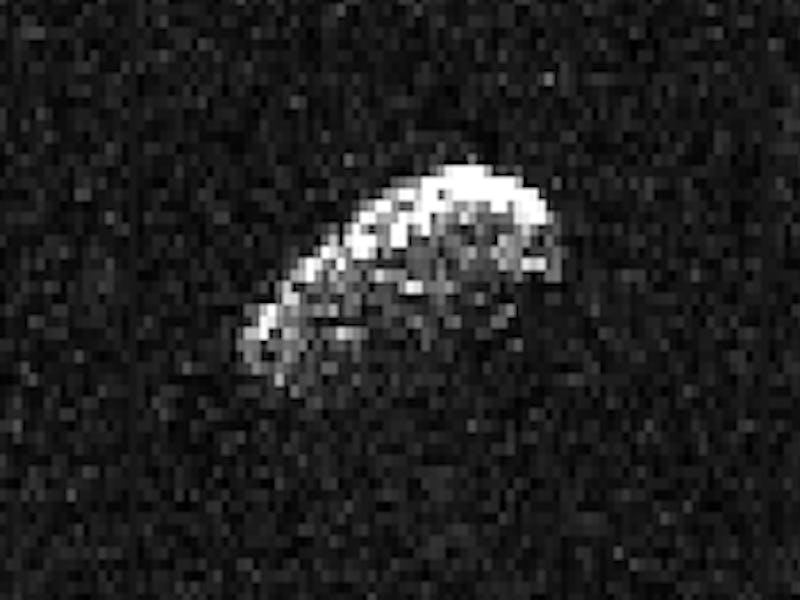How this winter’s Eiffel Tower-sized asteroid compares to other cosmic flybys
The potentially hazardous asteroid orbits the Sun once every 664 days.

A massive asteroid is headed towards Earth, traveling at a speed of about 14,700 miles per hour. But there is no need to panic.
Asteroid 4660 Nereus will make its near flyby of Earth on December 11, getting as close as 2.4 million miles away from Earth. That’s close enough to deem it a potentially hazardous asteroid, but not so close to cause any damage.
The asteroid is about 1,082 feet wide, about as tall as the Eiffel Tower in Paris, or as wide as three football fields.
Astronomer Eleanor Helin first spotted it on February 28, 1982, nearly a month after making a close flyby of Earth. Asteroid 4660 Nereus is a frequent visitor of the inner Solar System with a 664-day orbit.
The asteroid made its closest approach to Earth in January 2002, when within 2.69 million miles of Earth. On December 11, it will come within 2.4 million miles of Earth, making its closest approach at 8:51 a.m. Eastern on December 11, according to NASA.
These images of asteroid Nereus were captured in January 2002 as the flying space rock made its closest approach to Earth yet.
Due to its proximity and size, the asteroid is considered an ideal target for a spacecraft mission.
In October 2020, NASA touched down on another near-Earth asteroid when the OSIRIS-REx craft touched down on Bennu, snagging a piece of the space rock to return to Earth.
Bennu measures in at 1,610 feet across — making it somewhat larger than Nereus — and completes an orbit around the Sun every 436.604 days. The asteroid travels within 0.002 AU to Earth every six years, which gives it a high probability of impacting our planet in the late 22nd century.
The largest near-Earth asteroid, 1036 Ganymed, is 22 miles in diameter, while another, 433 Eros, is about half that. Neither are considered hazardous. The largest known potentially hazardous asteroid is 1999 JM8, which is about 4 miles in diameter.
Nereus’ visit is one of four notable asteroid near flybys this century, although another asteroid already made an even closer approach to Earth earlier this year.
On March 21, an asteroid the size of the Golden Gate Bridge flew within 1.25 million miles of Earth. Asteroid 2001 FO32 measured at 1,300 to 2,230 feet wide, making it larger than around 97 percent of asteroids.
Both of these flying rocks are considered potentially hazardous due to their size and their frequent flyer miles near Earth. NASA classifies any near-Earth object, whether an asteroid or a comet, as potentially hazardous if it makes close approaches to Earth and is large enough to cause significant damage.
Any asteroid over 459 feet wide that passes within 5 million miles of Earth is considered potentially hazardous, according to NASA.
NASA’s Near-Earth Object program puts together a list of asteroids that swing by our Solar System and calculates the likelihood of an impact with Earth for each of them over the next 100 years. No known asteroid larger than 140 meters has a significant chance of hitting Earth for the next 100 years.
The Nereus asteroid is expected to make another close approach to Earth on February 14, 2060, coming as close as 744,000 miles. That still puts it at a safe enough distance to avoid a potential impact with Earth.